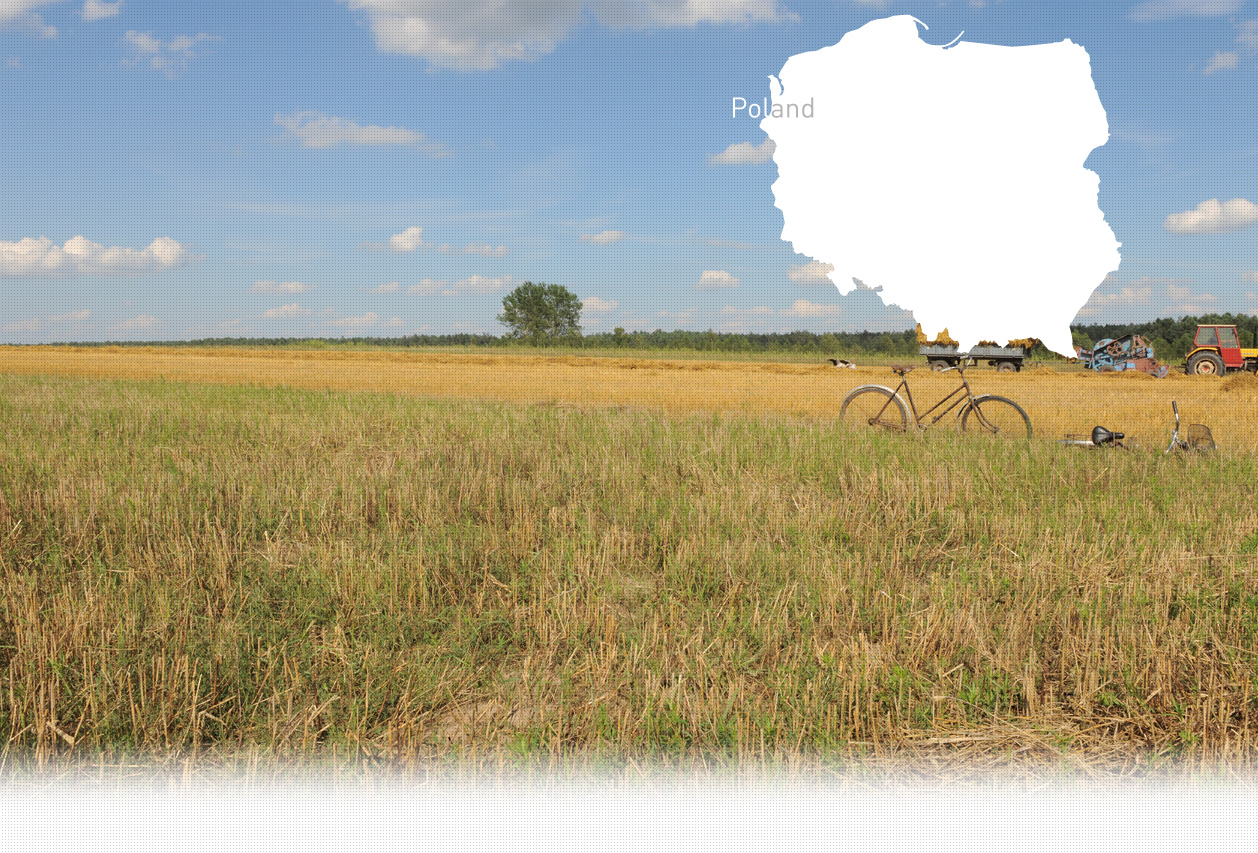

1 Killing site(s)
Józef K., born in 1930 :
"Before the war, there were Poles and Ukrainians living in Sietesz, as well as at least four Jewish families. Jewish and Polish children attended school together, but in my class, I did not have any Jewish classmates. I remember a few Jews from the largest Jewish family in the village: Szaja Duży [Szaja the Big], Szaja Mały [Szja the Small], Choim, Mendel, and a Jewish woman called Kranka. They were close friends of our family, as we lived nearby. They owned an inn and some farm buildings where they kept a few cows and calves. The Jews were mainly traders. One Jew from the village had a cold room in which they stored veal, as refrigerators were not common in those days. There were also excellent Jewish butchers in Kańczuga, a town located 5 km from Sietesz. I believe that the Jews from Sietesz went to the synagogue in Kańczuga because there wasn’t one in Sietesz. The synagogue there was a two-story brick building. The Jewish cemetery was situated between Sietesz and Kańczuga. Another Jewish cemetery was located in Przeworsk, about 15 km from Sietesz."
(Witness N°1507P, interviewed in Sietesz, on September 23, 2023)
1. Date and place of execution: August 1943; the forest near the village of Sietesz.
2. Type of execution/method: shooting.
3. Data regarding the executed victims: 17 Jews (2-60 years old) captured in the forest were shot by the Wehrmacht and buried in a mass grave of 4m2 in the forest of Sietesz.
[Court Inquiries about executions and mass graves in districts, provinces, camps and ghettos-Ankieta Sadow Grodzkich; RG-15.019 Reel #2 part 1 p.484-483, village de Sietesz, powiat de Przeworsk, voïévodie de Basses-Carpates]
Sietesz is a village located in the administrative district of Gmina Kańczuga, within Przeworsk County, Subcarpathian Voivodeship, in southeastern Poland. It is situated approximately 6 km (4 mi) west of Kańczuga, 16 km (10 mi) southwest of Przeworsk, and 25 km (16 mi) east of the regional capital, Rzeszów.
Not much is known about the prewar Jewish community of Sietesz. However, thanks to testimonies from interviewed witnesses, Yahad was able to establish that at least four Jewish families lived in Sietesz before the outbreak of war. Archival sources mention the names of Kreidl Frieder, Aaron Silberman, and Natan Goldman as residents of prewar Sietesz. Jews in the village primarily worked in trade and small businesses.
Sietesz was occupied by German troops in September 1939. According to research findings, the Jews from Sietesz were initially allowed to continue living in their homes at the beginning of the occupation.
According to archival sources, on August 3, 1943, a total of 17 Jews were executed during an Aktion carried out by the Germans. These victims had been captured in the "Gromadzki" forest, located 5 km east of Sietesz, and handed over to the Germans by a group of local men acting under the cover of a "common movement". Most of these men were members of the volunteer fire departments of Markowa, Sietesz, and Kańczuga. The only survivors of this Aktion were Kreidla Frieder and a young boy named Natan Goldman. A monument has been erected at the execution site in memory of the 17 Jewish victims.
Additionally, during field investigations, Yahad managed to uncover details of another Aktion conducted in Sietesz, which had not previously been mentioned in available archival sources. According to eyewitness accounts, one day in fall, three Germans arrived in Sietesz from Kańczuga. They immediately surrounded the inn belonging to a local Jewish family and began shooting at the Jews inside. Approximately a dozen Jews were murdered that day. Their bodies were then transported by requisitioned men in a cart to a nearby field for burial. After the war, the victims’ bodies were exhumed and most likely reburied in the Jewish cemetery in Kańczuga. Currently, there is no monument at either the execution site or the burial site of the victims.
During the field investigation, Yahad managed to locate one of the two execution sites.
Do you have additional information regarding a village that you would like to share with Yahad ?
Please contact us at contact@yahadinunum.org
or by calling Yahad – In Unum at +33 (0) 1 53 20 13 17